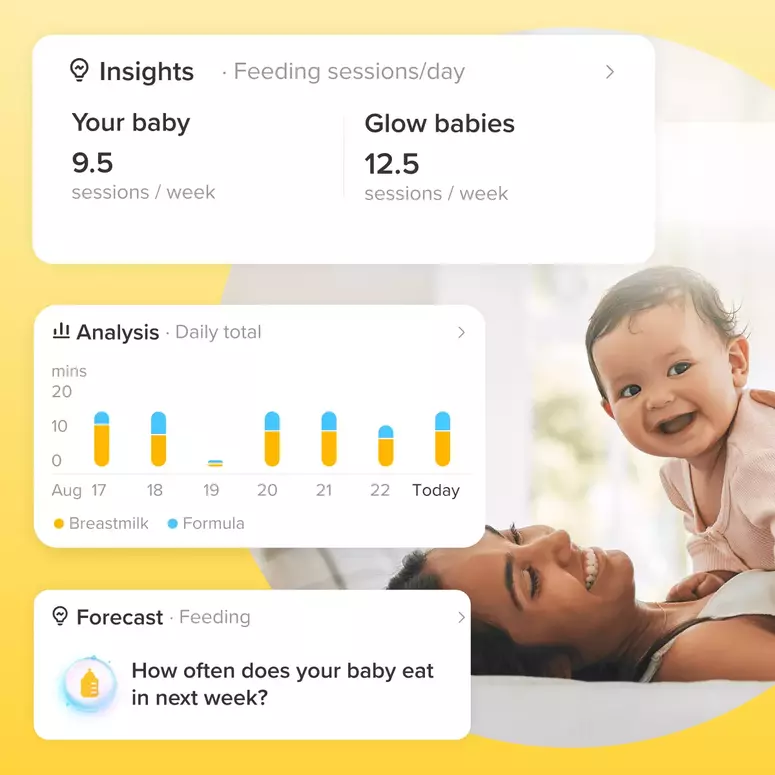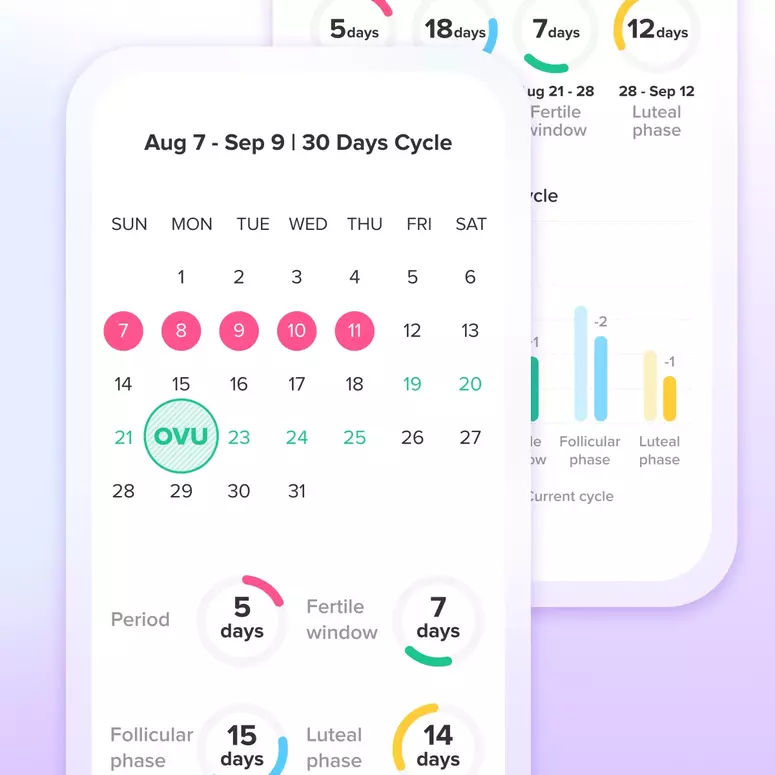Pregnancy is a miraculous and transformative journey, but it can also bring about various challenges and potential complications. As an expecting parent, it is crucial to be aware of the common pregnancy complications to ensure a healthy and safe pregnancy for both the mother and the baby. In this article, we will delve into some of the most prevalent pregnancy complications, their causes, symptoms, and available treatment options.
1. Gestational Diabetes
Gestational diabetes is a condition that develops during pregnancy when the body is unable to produce or effectively use insulin. This condition affects around 7% of all pregnancies and poses risks for both the mother and the baby. Common risk factors include a family history of diabetes, obesity, and advanced maternal age. Proper prenatal care, including regular blood sugar monitoring and a balanced diet, can help manage gestational diabetes. In some cases, medication or insulin therapy may be necessary.
2. Pre-eclampsia
Pre-eclampsia is a serious condition characterized by high blood pressure and damage to organs, such as the liver and kidneys. It typically occurs after the 20th week of pregnancy and affects around 5-8% of pregnancies. Symptoms may include swelling, sudden weight gain, headaches, and vision problems. Regular prenatal check-ups, monitoring blood pressure, and managing a healthy lifestyle are crucial to prevent and manage pre-eclampsia. In severe cases, hospitalization and early delivery may be required to protect the mother and the baby.
3. Miscarriage
Miscarriage refers to the loss of a pregnancy before the 20th week. It affects approximately 10-20% of pregnancies and can be emotionally devastating for the parents. Causes of miscarriage can include chromosomal abnormalities, hormonal imbalances, maternal age, and certain medical conditions. While many miscarriages cannot be prevented, maintaining a healthy lifestyle, avoiding smoking and excessive alcohol consumption, and receiving early prenatal care can help reduce the risk.
4. Preterm Labor
Preterm labor refers to the onset of labor before the 37th week of pregnancy. It affects about 10% of pregnancies and can lead to complications such as respiratory problems, low birth weight, and developmental issues. Risk factors include multiple pregnancies, previous preterm birth, and certain uterine or cervical abnormalities. Regular prenatal care, avoiding tobacco and illicit drug use, and managing chronic conditions can help reduce the risk of preterm labor.
5. Placenta Previa
Placenta previa occurs when the placenta partially or completely covers the cervix, causing bleeding during pregnancy. This condition affects around 1 in 200 pregnancies. Risk factors include previous pregnancies, multiple pregnancies, and advanced maternal age. Treatment options depend on the severity of the condition and may include bed rest, medication, or a cesarean section. Close monitoring by healthcare professionals is essential to ensure the well-being of both the mother and the baby.
Being aware of the common pregnancy complications is crucial for expecting parents. By understanding the causes, symptoms, and available treatments, individuals can take proactive steps to minimize risks and ensure a healthy pregnancy. Remember, regular prenatal care, a balanced diet, and a healthy lifestyle play significant roles in preventing and managing these complications. Always consult with healthcare professionals for personalized guidance throughout your pregnancy journey.




